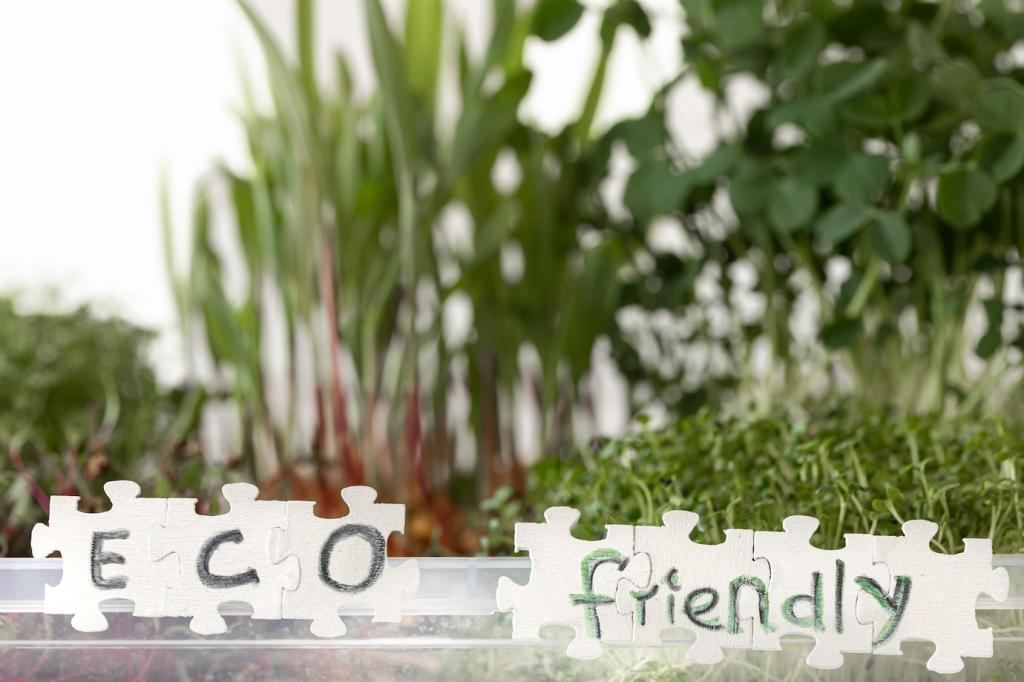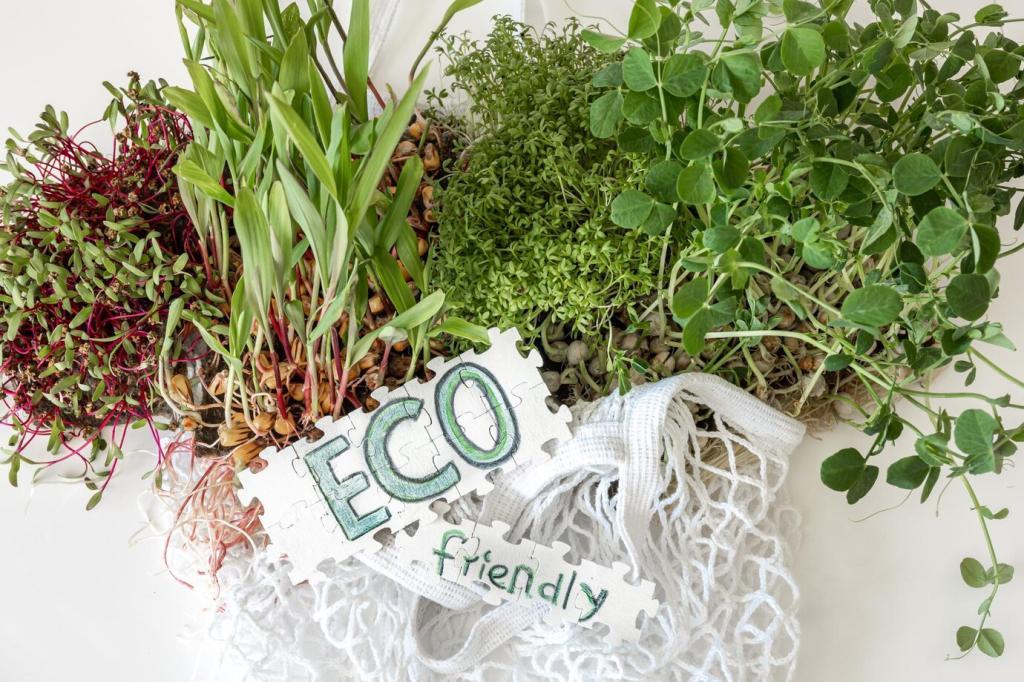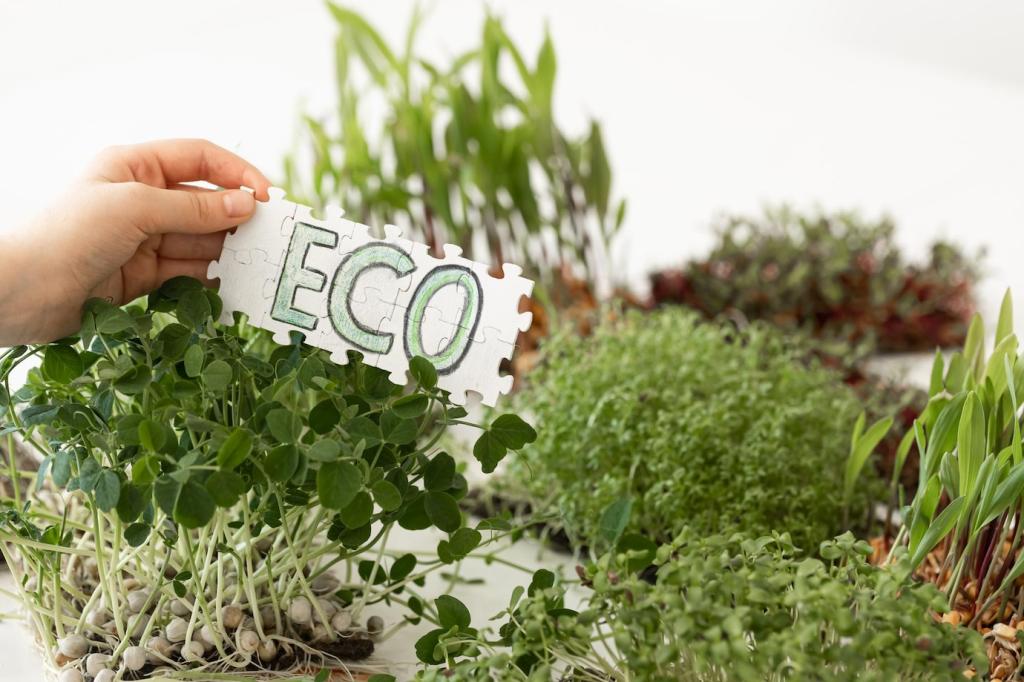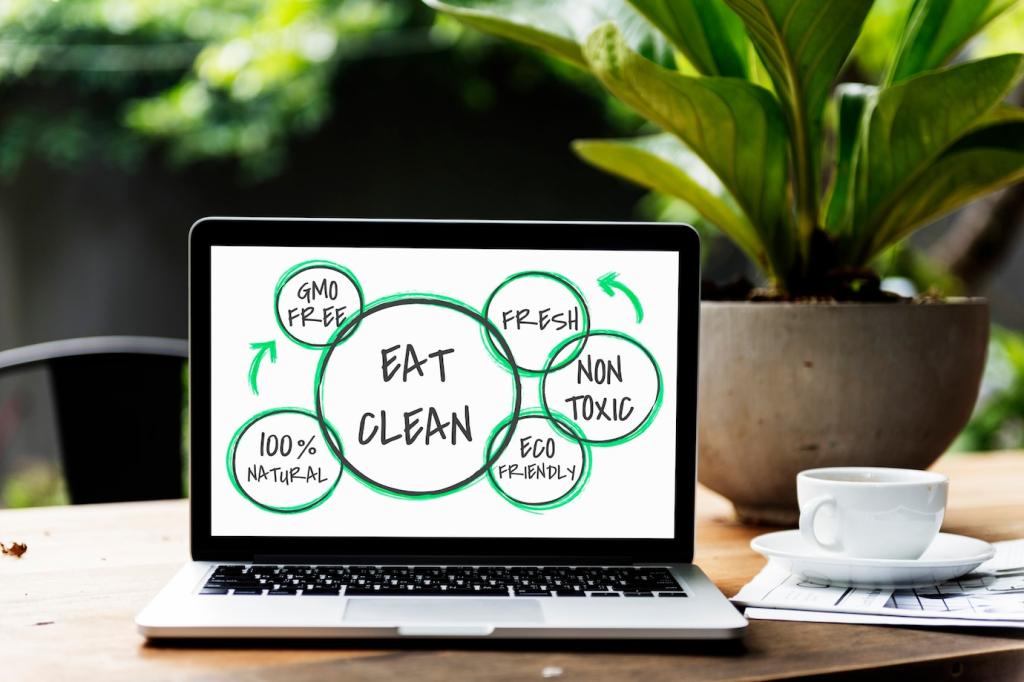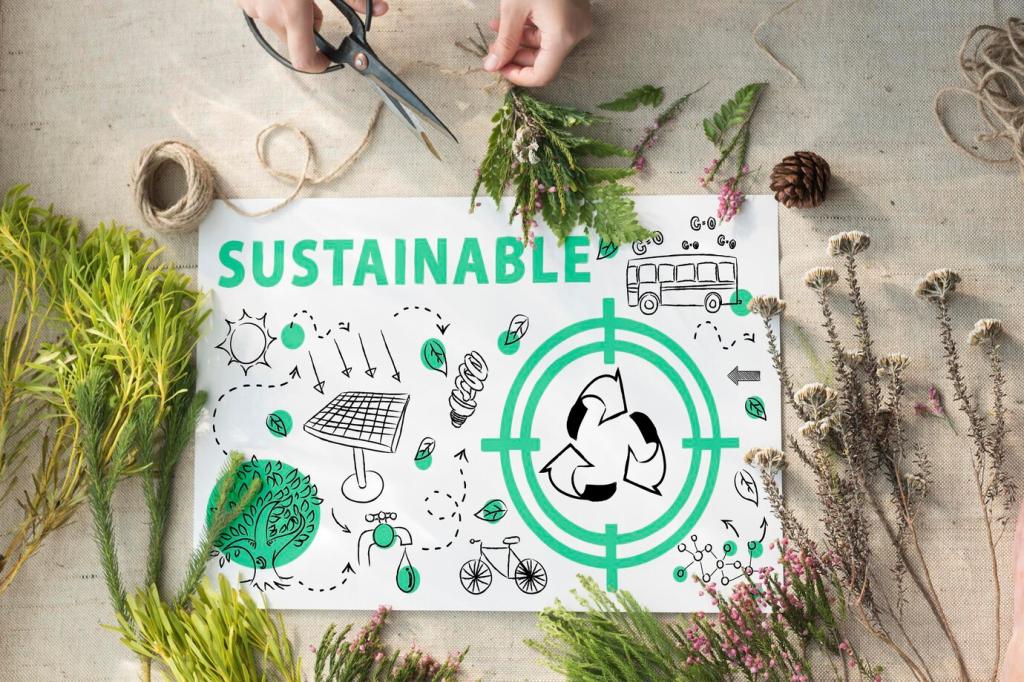How to Talk With Your Builder
Say, “We want airtightness no worse than 1.0 ACH50 and verified with a blower door test pre‑drywall and at completion.” Performance requirements prevent greenwashing and keep the team focused on measurable outcomes, not buzzwords.
How to Talk With Your Builder
Try, “Please price mineral wool or dense‑pack cellulose insulation and provide EPDs for structure, insulation, and concrete. We aim to cut embodied carbon at least 30% versus standard practice.” Clear numbers make bidding fair and honest.

